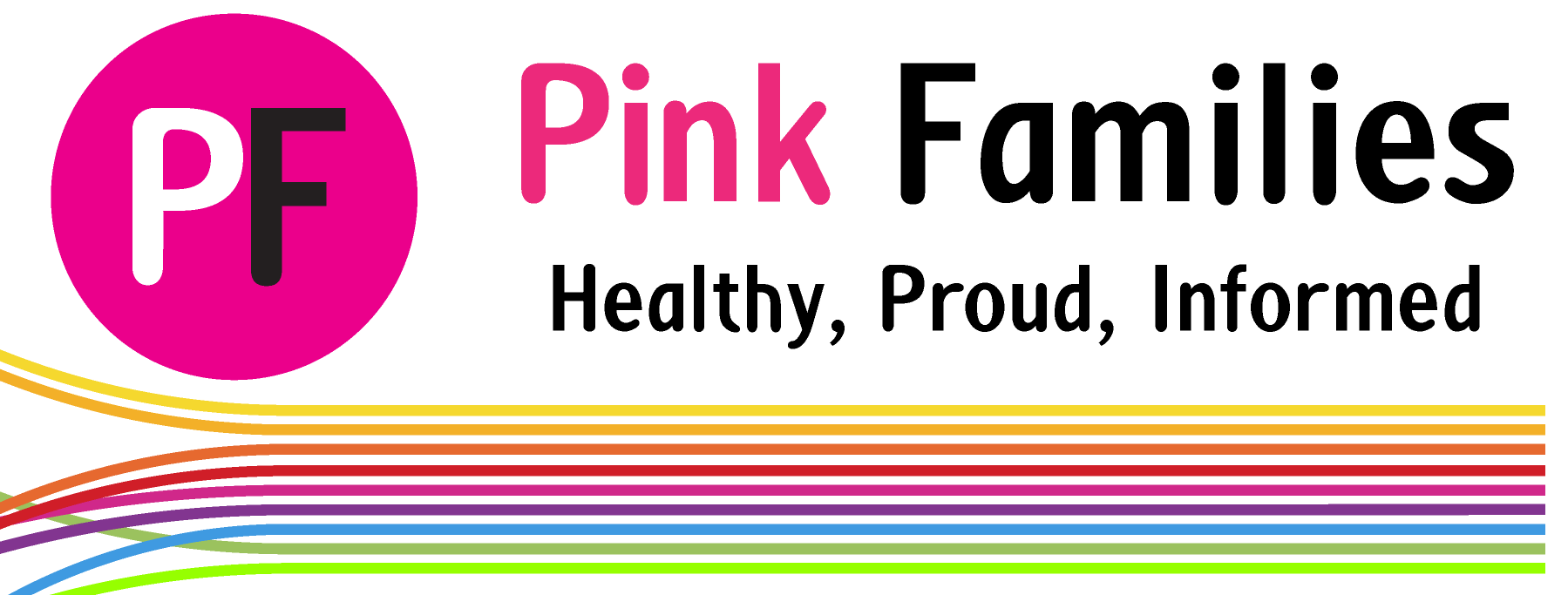Sperm donors are often used by lesbian parents to start a family. However, in some countries, the right to anonymity for these sperm donors is being removed. In this article, Pink Families explores what this might mean for our teenage children, as they begin to form their own identity and they seek out donor information.
Identity formation: Becoming clearer about who you are
Adolescence is a time of identity formation, during which we become clearer about who we are, where we have come from and where we hope to go. Part of adolescence involves re-evaluating our relationships with our parent(s). In several countries, the right to anonymity for donors is being removed. This is the case in the UK, Sweden, Austria, Norway, the Netherlands, New Zealand and Finland. Some regions of Australia have also removed this right. In the US, there are no requirements for anonymous sperm donors to reveal their information. For donor-conceived children, this availability of anonymous donor information may mean thinking about whether or not to find out more information about their donor.
Do children want to know their donor?
Research has shown that children with female same-sex parents are more likely to be told about their donor-conceived origins than heterosexual parents. This may due to a number of reasons. For example, in two-mom families it will obviously be more difficult to pretend that a third party wasn’t involved in their conception. In contrast, in heterosexual parented families, the parents may feel uncomfortable in disclosing donor information as it potentially reveals information about the fertility of the male parent.
Family openness regarding the donor and also the form of the family may therefore influence whether or not the child will development an interest in knowing more about their donor. One small study (41 participants) from Belgium showed that some children (aged 7 – 17 years) with lesbian two-parent families preferred no contact, but others did. For those that did prefer contact, they wanted to find out information about the donor’s identity and their physical appearance.
Why do they want to contact the donor?
A larger study that used the US Donor Sibling Registry showed that the majority of donor-conceived teenagers from lesbian parent families wanted to contact their donor at some point. The teenagers that wished to contact their donor shared a number of reasons for wanting to do this. This included wanting to:
- See what the donor looks like (93%)
- Learn about themselves (88%)
- Learn more information about their ancestry (68%)
- Learn more information about information that is relevant to their health (60%)
- Trade photos (5%)
- Exchange emails (4%)
Sixty percent of the teenagers wanted their donor to know them, while 45% wanted to get to know their donor better. A sizable proportion also wanted to let their parents know that even though they were interested in finding out more information about the donor, they didn’t want this to change their relationship with their family and/or their parents.
Curious from a distance
This information suggests that teenagers may seek out information that helps them understand both their genetic ancestry and also information about their relational self. They are also curious to find out what their donor looks like. This interest though does not also mean that the children want to necessarily have a relationship with the donor, and a notable proportion of children want their parents to know that their interest in the donor is not intended to take away from the relationship they have with their family or parents.
References
Hertz R. Nelson MK. Kramer W. Donor Conceived Offspring Conceive of the Donor: The Relevance of Age, Awareness, and Family Form. Social Science and Medicine 2013;86:52-65.


